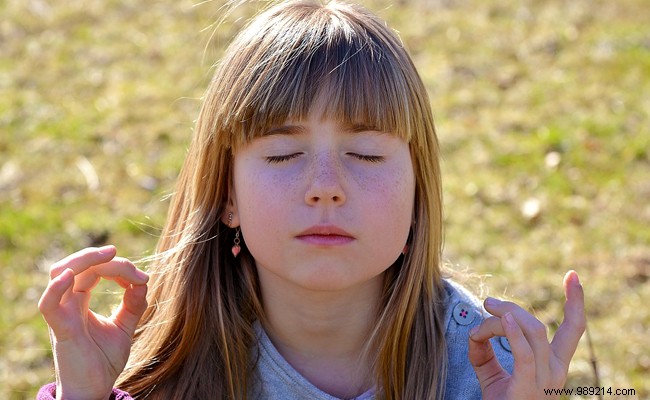Lice proliferate mainly on the heads of our children between 3 and 11 years old. These pests that settle in their hair do not fly and only jump to take advantage of a rapprochement to pass from one individual to another.
However, it is at school, in kindergarten and primary school, that children play very close to each other, often head to head. It is estimated that 85% of children are likely to be infected during their schooling. The risk of contamination by lice is at this time at its maximum. Fighting against these tiny insects is a real battle to be fought in the medium and long term.

To effectively fight head lice, it is advisable to know their characteristics and their mode of reproduction.
A louse, consisting of six legs with claws, lives on the human scalp for about 30 days, feeding on the blood of the person, especially a child, where it has taken up residence. It is this action that causes itching that most often alerts to the presence of these pests in the hair.
Lice have the particularity of reproducing very quickly. This is why it is recommended to apply an anti-lice treatment as soon as their presence is detected.
Every day, the female lays between five and ten eggs, called "nits", which are oval in shape and light in color and can be mistaken for dandruff at first sight. These nits stick firmly to the base of the hair, mainly in the nape of the neck, behind the ears and on the temples. Unlike lice which are more difficult to see, nits are visible and can detect an infestation. A trick to differentiate between nits and dandruff:the former do not fall out by shaking the hair a little, they are well gripped.
When the nit hatches, it releases a nymph which becomes an adult louse after about 15 days.
A louse has a very short lifespan, limited to a few hours, once it is no longer on a scalp. To survive, it must feed on blood, it must in fact sting its prey several times a day.
If your children are affected by lice, it is important to treat them before they return to school, just as it is advisable to notify the management. It is also necessary to remind your children that they should not exchange hats, barrettes or even hairbrushes with their friends. Finally, favor the attachment or braiding of long hair.
As soon as symptoms suggest the presence of lice, you must search for these pests with the naked eye or by passing a lice comb through your hair. In children, it is also advisable to carry out this check automatically at least once a week.
At the age of going to kindergarten or primary school, many little girls have long hair. In this case, the battle against lice is more difficult and longer. Good to know:lice will be more visible if you wash and use a hair detangler before going through the lice comb.
To be sure to eradicate the lice, also consider inspecting all the scalps of the family and treating all those affected.
There are two main families of anti lice on sale in France. First, the family of insecticides, the most widely used of which is synthetic or natural pyrethrum, which attacks the nervous system of the louse to kill it. Lice have unfortunately developed resistance to this type of product, which is ineffective in some cases.
More ecological treatments, without insecticides, have appeared on the market. This is the case of dimeticone for example. This substance, from the family of silicones, that is to say a synthetic oil, acts by coating the louse and blocking its respiratory and excretory orifices, causing its death.
In addition to treating the lice-infested hair of our children, for a complete eradication of these pests, it is imperative to wash their sheets, their bed covers and their clothes in a washing machine at 60°C. The best is to be able to put them in the dryer afterwards. You can vacuum anything that can't be machine washed like carpets, mattresses, car seats, etc.